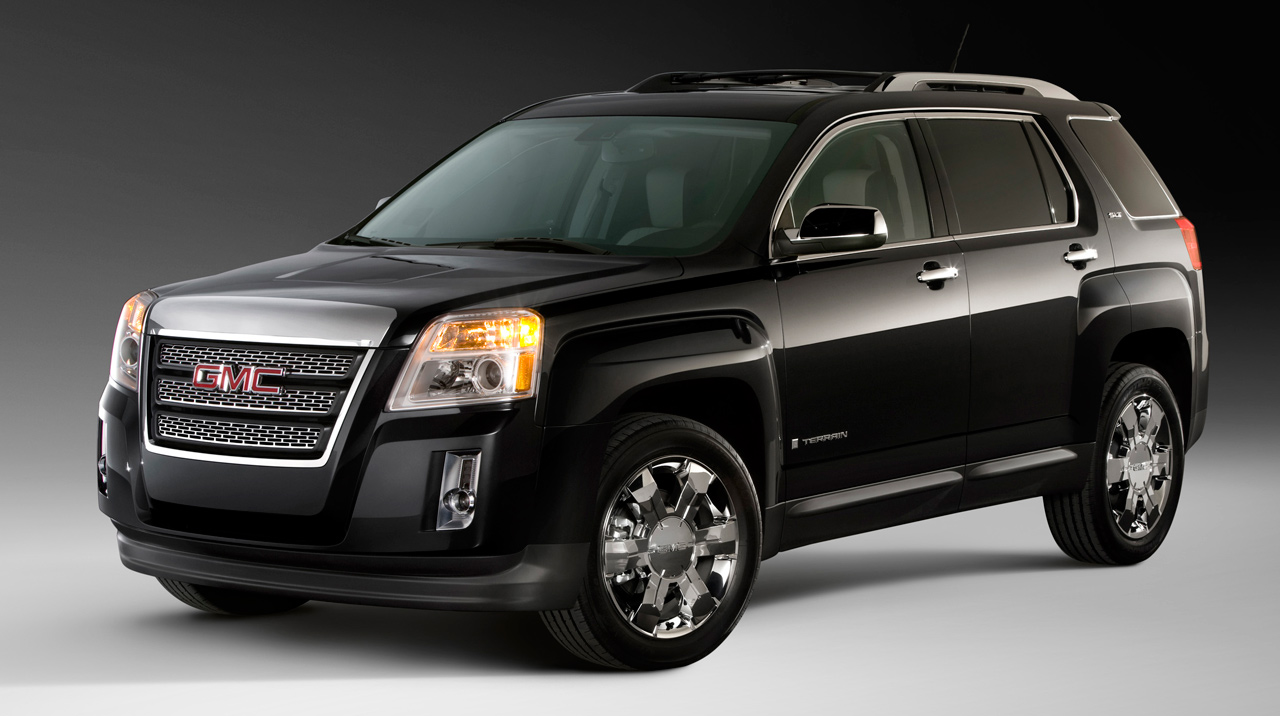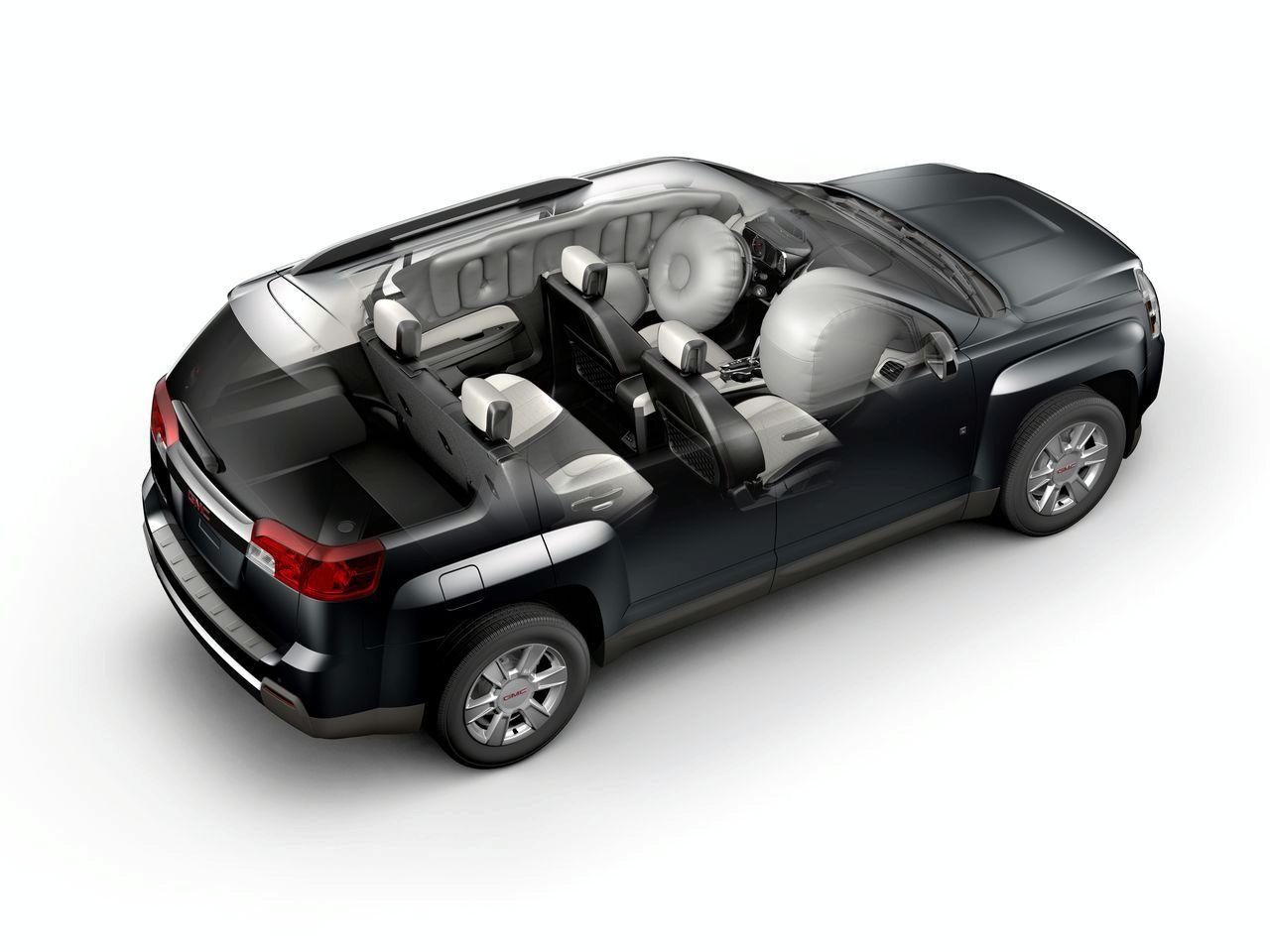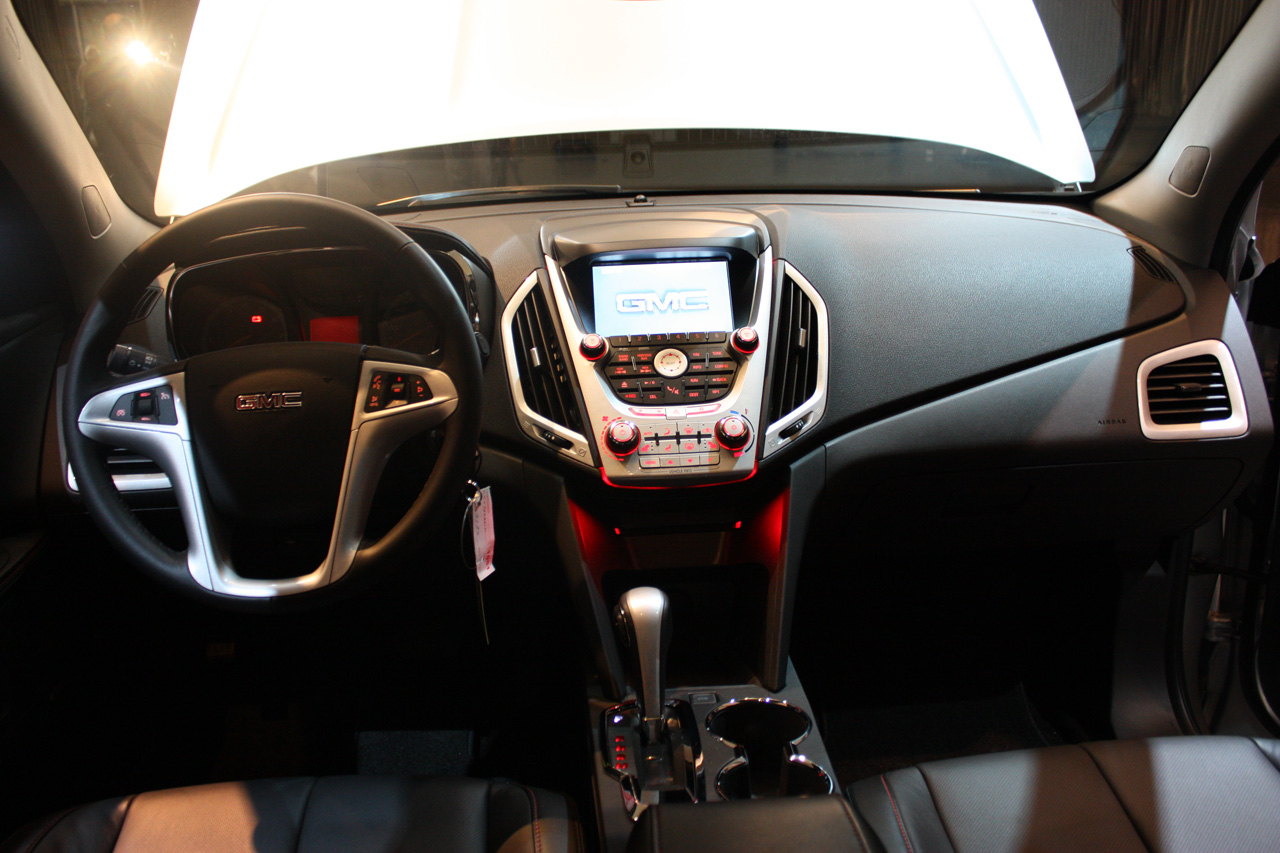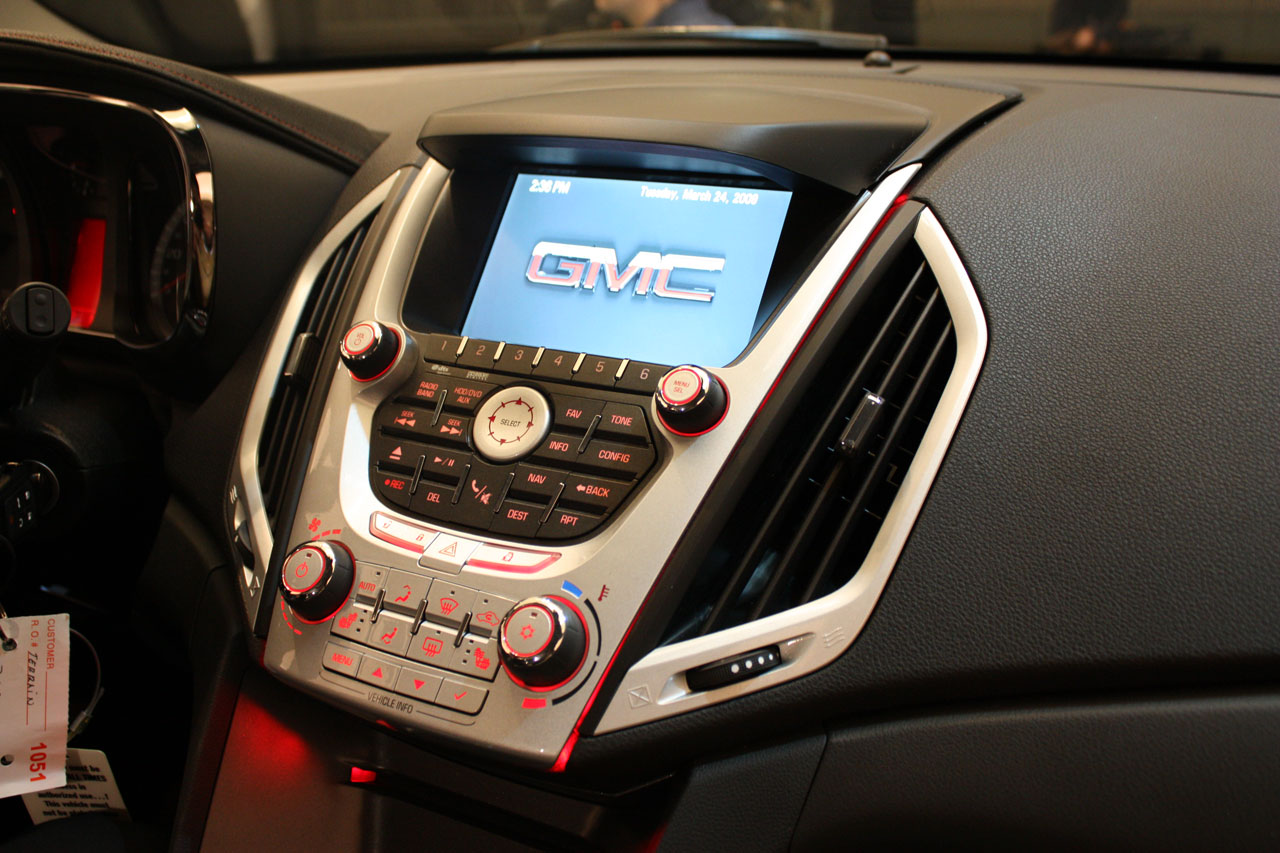This is featured post 1 title
Replace these every slider sentences with your featured post descriptions.Go to Blogger edit html and find these sentences.Now replace these with your own descriptions.This theme is Bloggerized by Lasantha - Premiumbloggertemplates.com.

This is featured post 2 title
Replace these every slider sentences with your featured post descriptions.Go to Blogger edit html and find these sentences.Now replace these with your own descriptions.This theme is Bloggerized by Lasantha - Premiumbloggertemplates.com.

This is featured post 3 title
Replace these every slider sentences with your featured post descriptions.Go to Blogger edit html and find these sentences.Now replace these with your own descriptions.This theme is Bloggerized by Lasantha - Premiumbloggertemplates.com.

Wednesday, July 28, 2010
Saturday, July 24, 2010
Thursday, July 22, 2010

2010 Isuzu Ascender 5

2010 Isuzu Ascender 5

2010 Isuzu Ascender 5

2010 Isuzu Ascender 5

2010 Isuzu Ascender 5
2010 Ascender 5-Passenger LS Sport Standard Equipment
Drive, Electronic Transfer Case, Safety-Engine Immobilizer, Theft Deterrent System
Passenger Air Bag, Rear Window Defroster, Tire Pressure Monitoring System, Daytime Running Lights, Rear Wiper, Side Air Bag(s), Front Fog Lights, Driver Air Bag
Front Wipers , Seats-Folding Rear Seat, Tires and Wheels-Full Spare Tire, Convenience, Power Outlet(s), Power Locks, Steering Wheel Tilt, Auto On Headlights
Power Windows, Interior, Center Floor Console, Cup Holders, Climate Control
Front Air Conditioning, Trucks and Towing, Trailer Hitch, Trailer Harness
Sound and Entertainment-Compact Disc Player,
Tuesday, July 20, 2010
Honda CR Z Hatchback 2011 wallpapers

Honda CR Z Hatchback 2011

Honda CR Z Hatchback 2011
Honda CR Z Hatchback 2011
Honda CR Z Hatchback 2011
* Fuel: electric
* Multi-point injection fuel system
* 10.6 gallon fuel tank
* Power: 122 HP ( 91 kW) @ 6,000 rpm; 123 ft lb of torque ( 167 Nm) @ 1,000 rpm
* Secondary power: maximum power (kw): 84, maximum power (hp): 114, maximum torque (ft lb): 107 and maximum torque (nm): 145
Saturday, July 17, 2010
Thursday, July 15, 2010
Ford to limit 2011 Shelby GT500 production to 5,500 units

We've just gotten off the horn with Ford's SVT performance division, and we've learned that the Blue Oval's hot-rod arm is going to limit production of the 2011 Shelby GT500 to 5,500 units for this model year. According to Ford spokesman Henry Platts, the move is not the result of slow sales, but rather a desire to maintain exclusivity. In fact, sales of Ford's king of the Mustang range have "exceeded expectations," with in excess of 3,300 orders already placed.
The 550-horsepower GT500 has not only been performing surprisingly well in a down economy, it's been going out the door loaded-to-the sills with options. According to Platts, there have been three times as many GT500 coupes ordered with the $1995 glass roof option as compared to the regular Mustang. In the "News That Makes Us Happy" category comes word that a full 68 percent have been spec'd out with the $3,495 performance package (includes 19- and 20-inch painted forged alloys, 3.73 limited-slip, tuned suspension, Gurney flap rear spoiler, etc.), and additionally, 70 percent of all GT500s have been ordered with the $2,340 electronics package (navi, dual-zone HVAC and Sirius/HD radio). With the GT500 starting at an out-the-door price of $49,495 before options, we're guessing that the GT500 is more than carrying its weight for Dearborn's bottom line.
While Ford is limiting total output of the GT500 to 5,500 units for 2011, Platts says the automaker has no plans to dictate how that shakes out in the coupe/convertible bodystyle mix. That said, if you've been fence-sitting on whether to pick up a GT500 of your very own this year, might we suggest that you make up your mind... quickly.
[Source: Ford]
Perana Z-One: An Automotive League Of Nations

What do you get if you cross Italian styling with American V8 power and South African manufacturing? Unless you’ve got a punch line, Answer is the Perana Z-One, which will go on sale in the U.S. through Superformance after its Concorso Italiano debut in August. American buyers will get an allocation of just 99 units, so you probably won’t be seeing one parked outside of your local trattoria any time soon.
Designed by Zagato, the Perana Z-One debuted as a concept at the 2009 Geneva Auto Show. It’s lines are Italian, but I’m seeing influences from both the C6 Corvette and the Dodge Viper Coupe; somehow, the styling just works without being garish. At a starting price below $100,000, Z-One buyers will get to spec their cars with either the LS3 motor (good for 436 horsepower) or the LS7 motor for the Corvette Z06 (good for 505 horsepower). No floppy paddle shifters are planned, so buyers can look forward to rowing their own gears. As you’d expect from a limited production car that closes in on six figures, the interior will feature plenty of leather, Alcantara and technology, including a standard equipment navigation / infotainment system.
I can’t vouch for the South African manufacturing, although both BMW and Superformance have used South African labor for years. I love the idea of Italian style combined with the Corvette V8’s ease of maintenance, so I give this one a win.
Wednesday, July 14, 2010
2010 GMC Terrain SLT SUV wallpapers and specs
2010 GMC Terrain SLT Sport Utility Vehicle Performance Review
* 2,384 cc 2.4 liters in-line 4 front engine with 88.0 mm bore, 98.0 mm stroke, 11.7 compression ratio, double overhead cam, variable valve timing/camshaft and four valves per cylinder LAF* Unleaded fuel 87
* Gasoline direct injection fuel system
* 18.8 gallon main unleaded fuel tank 15.7
* Power: 136 kW , 182 HP SAE @ 6,200 rpm; 174 ft lb , 236 Nm @ 5,100 rpm

Specs

Specs
Tuesday, July 13, 2010
2011 Porsche Cayenne Sports V6

The Porsche Cayenne wears many hats. It masquerades as both the automaker's entry-level vehicle and as its flagship turbocharged SUV. Broad-shouldered in stature, one variant can blast to 60 mph in less than five seconds and top 170 mph, while another may be propelled quietly under the emissions-free power of electricity. Regardless of where they rank in the hierarchy, multi-talented Cayenne models are capable of traversing deep streams, towing 7,700-pound trailers and carrying five passengers and their luggage into the hands of waiting luxury hotel valets.
The six-cylinder Porsche Cayenne is hardly the automaker's crown jewel, but it's frequently one of the best-selling models in the lineup. Following on the heels of its more powerful siblings, the entry-level SUV can't hide behind its engine displacement – it must prove itself through luxury, improved performance, fuel efficiency and value.
We just spent a couple days driving the all-new Cayenne in Germany, and unlike two months ago, when we put the flagship Cayenne Turbo and the eight-cylinder Cayenne S to the test at the beautiful circuit and off-road course at Alabama's Barber Motorsports Park, the European venue gave us the opportunity to drive the entry-level Cayenne in crowded city streets and on the wide-open Autobahn. What's under the hood of the six-cylinder Cayenne, and why is it unique? How does it drive compared to its eight-cylinder siblings? Most importantly, how does it compare to its competition? Find out after the jump.
Porsche will offer four different Cayenne models in North American in 2011: Cayenne, Cayenne S, Cayenne Turbo and Cayenne S Hybrid. (We don't get the Cayenne Diesel, but don't get us started.) In typical Porsche fashion, the automaker introduced its top-level models first with the arrival of the eight-cylinder Cayenne S and Cayenne Turbo in May, while the just-released six-cylinder Cayenne (and the Cayenne S Hybrid) won't be unveiled at your local dealership until this Fall.
While the world is just now getting its hands on it, the arrival of the six-cylinder model has been anticipated for some time, but its powerplant specifics have been largely shrouded in mystery. With an all-new Porsche-developed 3.6-liter V6 on the table (recently fitted to the Panamera), the automaker had a choice between its own engine and an updated version of the carryover Volkswagen-sourced 3.6-liter unit. Economics won the battle, so the standard Cayenne will once again share powerplants with the Volkswagen Touareg.



Displacing 3,598 cubic centimeters, the 10.6-degree V6 features an iron block and aluminum cylinder heads. Unlike the all-aluminum 90-degree V6 in the Panamera, the Volkswagen narrow-angle "VR6" powerplant does not have balance shafts (our calibrated rears say the Porsche V6 is slightly smoother). While the Volkswagen variant makes 280 horsepower, Porsche engineers tweaked the tuning and gifted the engine with a new intake manifold to customize it for duty in the Cayenne. The result is a bump to 300 horsepower (at 6,300 rpm) and 295 lb-ft of torque (at 3,000 rpm). Bolted to the back of the engine is Porsche's excellent new eight-speed Tiptronic S automatic transmission sending power to all four corners through an electronically-controlled all-wheel drive system. There is no low range case anymore, as Porsche says the lower gears are sufficient for serious off-road travel. Even with six-cylinder power, the Cayenne is rated to tow the same 7,700-pound trailer as its siblings.
Aside from the missing cylinders, the six-cylinder Cayenne models also wear slightly smaller standard brakes. The fronts are six-piston aluminum monobloc calipers (painted black) on 13.78-inch iron rotors, while the rears are four-piston calipers on 13-inch iron rotors. Porsche's composite ceramic brake (PCCB) system is optional (and obvious to everyone within eyesight with its huge metallic rotors and yellow calipers). Steel springs and gas pressurized dampers are the only suspension offering.

Realizing the wheel/tire/brake packages are upgradeable on all trim levels, it's difficult to tell the models apart without checking the scripted badge on the hatch or catching a glimpse of the front. It's the nose that differs. The Cayenne Turbo wears an aggressively large grille and intake, while the normally-aspirated models share smaller grilles (the V8 model is finished in black, while the V6 receives an aluminized finish). The Cayenne V6 also sports twin brushed stainless steel oval exhaust outlets, just like the Panamera V6.
The lighter powertrain pays off at the scales. The Cayenne SUV weighs just 4,399 pounds, undercutting its sibling Cayenne Turbo by nearly 400 pounds and leaving the competition in line at Jenny Craig, with the Mercedes-Benz ML350 coming in 330 pounds heavier and the six-cylinder BMW X5 lugging around an extra 531 pounds.




With the key in our left hand, we climb into a nondescript six-cylinder Cayenne wearing 19-inch wheels (wrapped with 265/50YR19 Pirelli tires). The all-new interior mirrors the elegant styling of the Panamera sedan – very upscale and meticulously finished from its beautiful wood and aluminum accents to the leather stitching on the dashboard. The seat and steering wheel are infinitely adjustable and outward visibility is good, although the backup camera does help.
As mentioned in our first driving impressions a few months ago, the Cayenne platform is incredibly enjoyable to drive. Its driving mannerism are more "big sedan" than oversized 'ute, meaning the brakes and steering are responsive to the driver's inputs, not merely taking suggestions. It doesn't feel nearly as ponderous as the Audi Q7 or as heavy as the BMW X5 when touring tight city streets.




Acknowledging that it has less mass to haul around than its predecessor, the 0-60 mph sprint now takes about 7.5 seconds, putting it decidedly mid-pack among its competitive segment. Most importantly, with excellent gearing down low, you won't miss the V8 or Turbo under 45 mph as the six-cylinder Cayenne moves off the line enthusiastically thanks to the aforementioned eight-speed Tiptronic tranny.
More than content with its performance around town, we steered the six-cylinder Cayenne towards the Autobahn to try its powertrain under more demanding conditions. As stable at high speeds as it is sitting still in a parking lot, the SUV easily held velocities between 80 and 110 mph. As expected, it does lose most of its stamina as the speed increases over 90 mph (e.g., the Cayenne Turbo rockets to 125 mph in about 13 seconds, while the Cayenne V6 does it in a longish 35 seconds). With patience, and a long open stretch of road, we were able to coax it up to an indicated 134 mph, although Porsche claims it will run 143 mph if given the opportunity. When it came time to bleed off the speed, the standard brakes were more than up to the task.

Porsche has priced the Cayenne very aggressively. The entry-level six-cylinder model starts at $46,700, making the base SUV the automaker's least expensive offering in the States. Shaving more than another second off the 0-60 sprint, the eight-cylinder Cayenne S begins at $63,700. The new Cayenne S Hybrid begins $67,700, while the flagship Cayenne Turbo has a base price of $104,800.
The assertive base price means the entry-level Cayenne is priced in the thick of its European competitors, including the six-cylinder BMW X5 ($45,800), the six-cylinder Mercedes-Benz ML-Class ($45,700) and the six-cylinder Audi Q7 ($46,900). The Porsche offers more power than the Audi and Mercedes, but BMW's new-for-2011 twin-turbo 3.0-liter under the hood of the X5 xDrive35i is stronger than the Cayenne's 3.6-liter.

Porsche does not offer a "token" third-row seating option (like BMW and Audi), but its second-row seats slide on rails and the seatbacks recline/fold making the interior both accommodating and very configurable. To its dynamic advantage, the Porsche has the most modern and lightest platform. And, thanks to its Panamera-inspired interior, the Cayenne's cockpit is arguably the most luxurious and inviting of the foursome, too.
But we wouldn't buy the six-cylinder Porsche Cayenne for its engine.

Despite the fact there's nothing inherently wrong with the lesser power unit – it's more than competent – Porsche offers much better combustion routes if you are seeking pavement-pummeling power and a hybrid option if you are on a quest for fuel economy. Instead, consider the entry-level 3.6-liter V6 variant as a heavily discounted way to enjoy the Cayenne's silky eight-speed Tiptronic, bulletproof platform, refined chassis dynamics, luxurious cabin amenities, surefooted all-wheel drive, accurate steering feel and impressive braking capabilities at less than half the cost of the Cayenne Turbo.
The Panamera sedan is currently basking in the brand's sales-leading spotlight, yet the Cayenne will undoubtedly take back its top position when all the models fill the showrooms later this year. Unlike its predecessor, whose owners were often accused of driving the overweight SUV solely for the polished gold, maroon and black badge emblazoned on the hood, the new six-cylinder model is an agile, attractive and well-mannered gentleman. While it may not run as quickly as its athletic siblings, this Cayenne is stout enough to be distinctive on its own – with or without the Porsche crest leading its way.




 1:19 AM
1:19 AM
 moncelli
moncelli






































